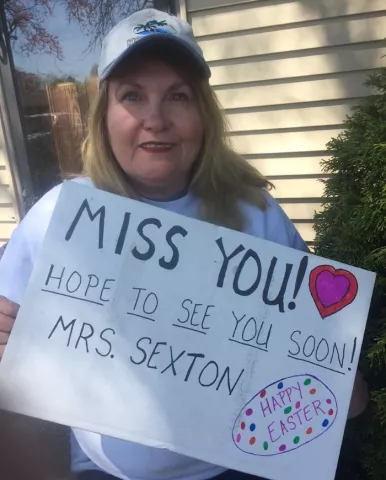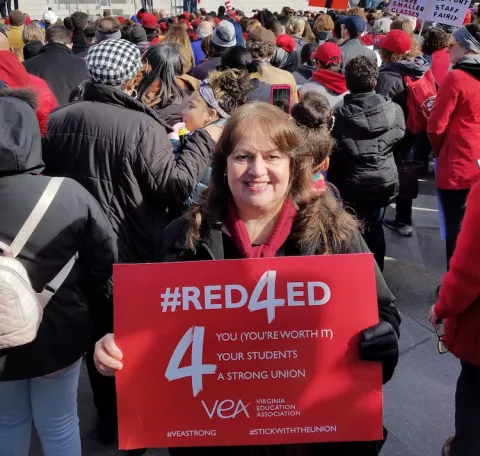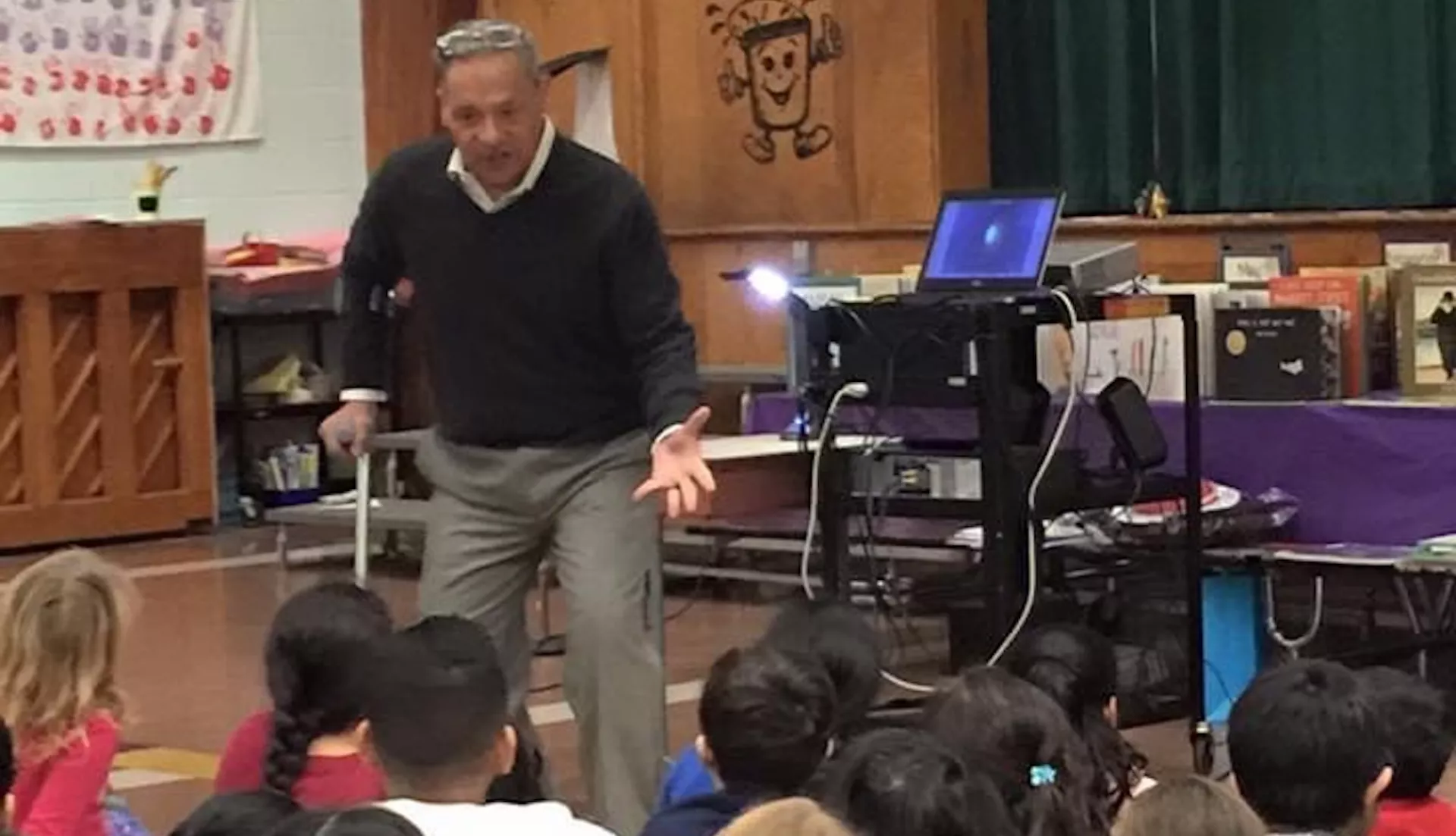Key Takeaways
- Many retired teachers now helping meet the needs for staff in schools where shortages exist.
- Recent employment reports show that in January 2022 there were 389,300 fewer public educators than there were in February 2020.
As Perry Stio ran some errands in a nearby town in Central New Jersey one day last fall, a steady stream of signs along the road offering immediate employment caught his eye. He’d never seen anything like them. They were for substitute teachers.
“That’s when I knew that I should really try to help,” says Stio, who taught and served as a principal for 42 years in Piscataway, NJ, elementary schools before retiring in 2015. “It was clear to me schools needed people to step in – and I thought I could apply all I’d learned as an educator in a productive way.”
In retirement he had taken some part-time jobs and found other ways to spend time but was restless and somewhat unfulfilled. That changed when he began subbing in Franklin Township Public Schools where he’d seen the signs.
“People wondered why I’d want to go back into schools – why I wouldn’t want to just relax and enjoy retirement. But I think if you really love what you did and were good at it, why not put those skills to use, especially now.”
Retirees Stepping Up
Stio is one of many retired teachers now helping meet the needs for staff in schools, taking un-filled teaching positions, substituting, helping with transportation or clerical work or supporting other school services – especially during the pandemic when new needs have arisen and school staffs were stretched so thin.
Their willingness to return to schools comes as recent employment reports show that in January 2022 there were 389,300 fewer public educators than there were in February 2020. And a recent NEA survey revealed that 55 percent of educators are considering leaving the profession earlier than they had planned.

For Melody Sexton, the shortage meant she felt compelled to save a vocational education program she had developed and nurtured for some 30 years in rural southern Illinois.
“The program had struggled when I retired in 2012, but last year the district just could not find a teacher for it and I was afraid it wouldn’t survive,” says Sexton.
When the superintendent of the Galatia Community Unit School District #1 asked her to come back to teach the Family and Consumer Science classes at Galatia Junior & Senior High School last year, she asked for a meeting to set some guidelines for the class, and then agreed to take it on.
“This program is important. Not every student is college bound and these are important skills. But, as is the case in many positions, the district could not find someone willing to take the job. I was proud of the program we built, and I would have hated to see it end.”
Sexton also supervised a Family Career and Community Leaders of America student group that teaches students leadership skills and helps them prepare for careers.
“There is a such a shortage anyway, and not everyone wants to work in this very rural area of the state,” says Sexton, who traveled 50 minutes one way to teach the classes at the school, which has about 180 students from grade 7-12.
The school was virtual last year, which was challenging for Sexton considering the hands-on nature of the instruction in her class and since as many as half the students in the region didn’t have internet service. She prepared packets of information that students could obtain online or in person and learned how to develop classroom information via zoom.
Abundant Appreciation
Sexton says two other retirees – one a former superintendent from another district – have taught in the school. They all were very warmly received at the start of the school year when they were introduced, with several staff members then coming up to thank them.
That has been Stio’s experience too.
“Teachers come into my classroom and go out of their way to express their appreciation,” he says. “The school secretary thanks me every time she sees me and so does the principal. They are so happy to have someone helping because they are stretched so thin.

Malia Huddle has had a similar experience with appreciation from the staff and administration in the positions she has taken over the last four years.
The long-time counselor and college access adviser in the Tidewater area of southeastern Virginia has been filling various counseling positions – typically because of staff shortages – since she retired in 2016 after working in schools for 29 years.
She began filling in full time at Indian River High School in Chesapeake, VA, first when a part time advisor went out on maternity leave who worked for the ACCESS College Foundation, a program that supports students in the college search and application process. Then, when one of the regular school counselors at Indian River retired unexpectedly, she became a full-time, long term substitute guidance counselor.
The counselors are at a peak busy time handling scheduling for the second part of the year, planning for the next year, assisting with college applications, and providing support to help with the high number of students with emotional concerns – so her days have been full.
Difficult Spots to Fill
“I know It would be a very difficult position to fill, so I agreed to take it. Getting good subs for classrooms, the cafeteria or busses has always been an issue, but since the pandemic, it has been crazy trying to get people to fill pretty much any position.”
Susan Harnage, an elementary school teacher who retired in 2017 after 33 years and has returned to help schools near her home in Mesa, Arizona, is even more emphatic about the need.
“The sub shortage is a real mess,” she says. “Everyone is trying to be creative and support each other. Teachers are covering classes during prep time, or classes are being split and added to already full classes. I get phone calls, emails, and text messages all day from principals, teachers and secretaries needing subs. Teachers are just walking away from their positions and others are out sick.”
Harnage has helped out as a sub in the Apache Junction Unified School District east of Mesa since her retirement – working in building trade classes (constructing picnic tables), art classes and in a self-contained special needs classroom with students in an academic range from pre-K to eighth grade.
“It feels a bit insane,” she says. “I have no specific special ed training, but I do love the students and really wanted to help.”


